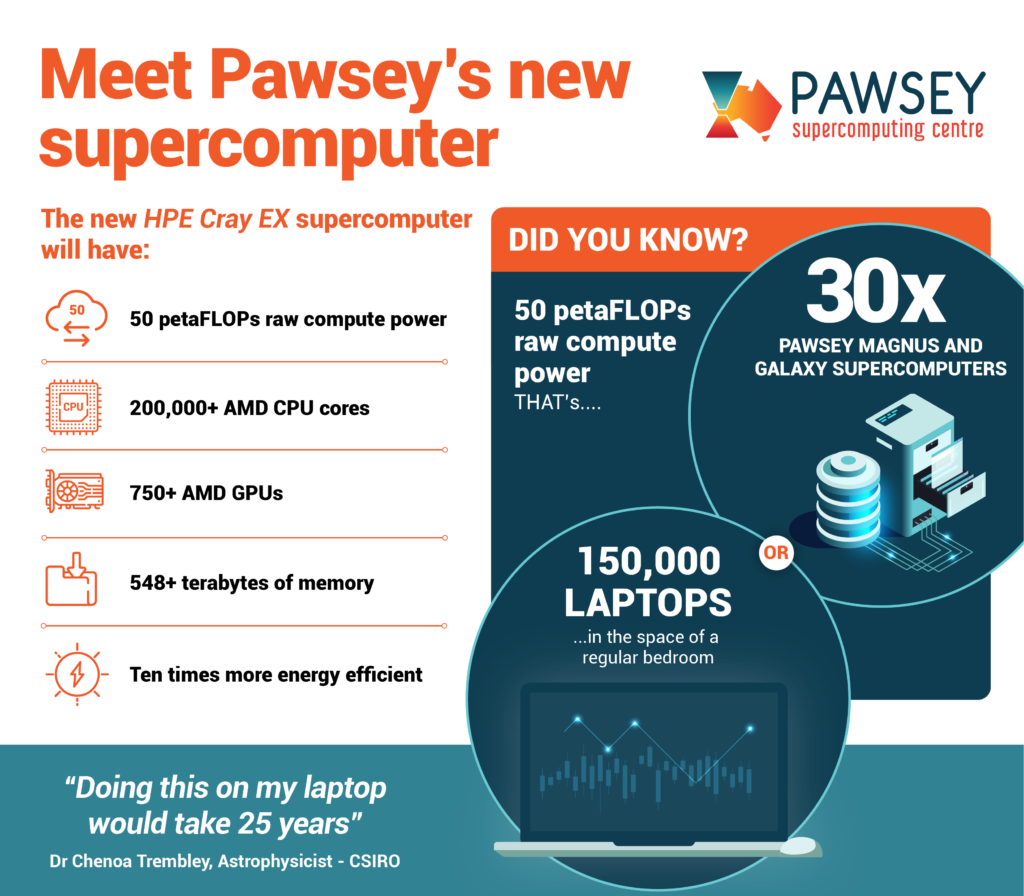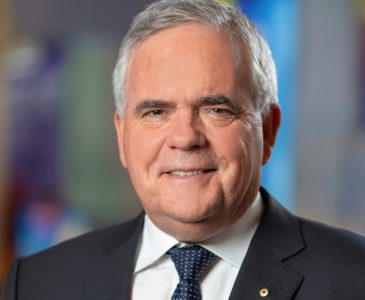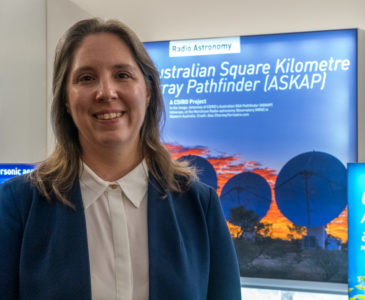The Pawsey Supercomputing Centre has selected Hewlett Packard Enterprise (HPE) to deliver its new supercomputer, which will power future high-impact Australian research projects by delivering 30 times more compute power than predecessor systems Magnus and Galaxy.
Pawsey’s new system will be built using the HPE Cray EX supercomputer, with expanded data storage capabilities through the Cray ClusterStor E1000 system, significantly increased compute power and more emphasis on accelerators with future-generation AMD EPYC™ CPUs and AMD Instinct™ GPUs.
The new supercomputer will be at least 10 times more energy efficient than its predecessors Magnus and Galaxy. For the 30-fold increase in computing power, Pawsey expects the new system’s energy requirements will only increase by 50 per cent once the system is fully commissioned.

Today, more than 1,600 researchers use Pawsey’s supercomputers directly to support their computing-intensive projects, including discovering new galaxies, developing improved diagnostic tests for coronaviruses, and finding AI-enabled ways to reduce herbicide use.
Mark Stickells, Director of the Pawsey Supercomputing Centre, said the new system will help propel the position of Australian research on the global stage.
“Supercomputers like those at Pawsey are increasingly crucial to our ability to conduct world-class, high-impact research. The upgrades we’re announcing are a critical move in strengthening Australia’s position in the global research environment and playing a part in major global research projects, from helping in the fight against COVID-19 to working with the precursor telescopes to the Square Kilometre Array,” he said.
“The new supercomputer will not only deliver next generation compute power to meet these growing requirements, it will enable entirely new research projects with global reach and impact.”
John Langoulant, Chairman of the Board at Pawsey Supercomputing Centre, echoed the impact of the new supercomputer for the state, the country, and the world.
“Today’s supercomputer upgrade will significantly boost the national effort, elevating the role of Australian research on the global stage and creating opportunities for new high-impact research that benefits Western Australia, the nation and the world,” he said.
The new supercomputer will help meet the exponentially increasing computing needs of Australian researchers in fields such as medicine, artificial intelligence, radio astronomy and more.
Dr Chenoa Tremblay, Postdoctoral Fellow in Dark Magnetism at CSIRO, is using Pawsey’s existing supercomputing systems to analyse extremely sensitive radio telescope signals that could give us our first potential evidence of life outside our solar system. Her team’s work requires scanning more than ten million stars and analysing hundreds of terabytes of data, a herculean task that will be accelerated with the new supercomputer.
“Doing this on my laptop would take 25 years,” Dr Tremblay said. “Pawsey’s supercomputing systems have brought some of our research timelines from years down to days, giving us the power we need to analyse hundreds of thousands of images quickly. With the signals being very weak, finding new ones will require even more data to crunch.”
HPE was selected as the preferred vendor under a $48 million agreement following a thorough tender process led by Australia’s national science agency, CSIRO, the centre agent for Pawsey, based on energy efficiency, cost, and HPE’s integrated hardware and software solution.
“Scientific breakthroughs made by leading research centres, such as Pawsey Supercomputer Centre, inspire us to continue empowering the community with powerful supercomputing solutions that combat the broadest range of challenges,” said Nick Gorga, General Manager, HPC and AI, APAC-India at HPE.
“We look forward to collaborating with AMD to build Pawsey the most powerful system for their region and boost Australia’s research capabilities to advance missions from understanding human viruses to discovering new galaxies.”
The new supercomputer is part of Pawsey’s Capital Refresh Program, which is being delivered under a $70 million grant from the Australian Government announced in 2018 to upgrade Pawsey’s supercomputing infrastructure. This is in addition to the $80 million granted in 2009 to establish the petascale supercomputing facility.
To learn more about the Capital Refresh Program, visit https://pawsey.org.au/about-us/capital-refresh/

Mark Stickells, Pawsey Executive Director

John Langoulant, Chairperson of the Board at Pawsey Supercomputing Centre

Dr Chenoa Tremblay, Postdoctoral Fellow in Dark Magnetism at CSIRO

HPE Cray EX supercomputer render - Source HPE


